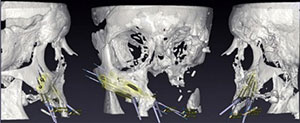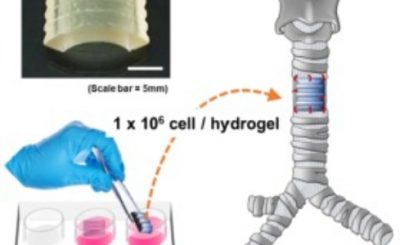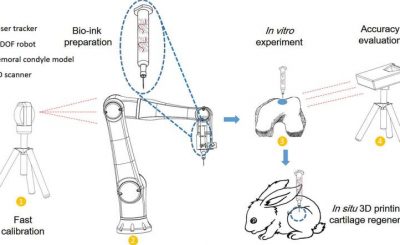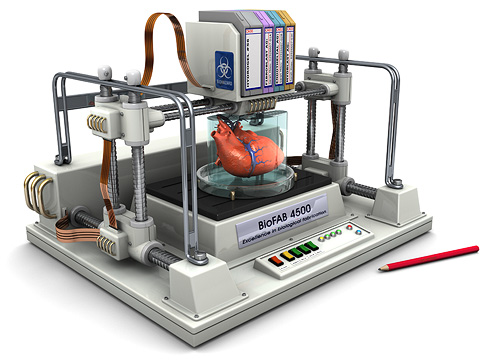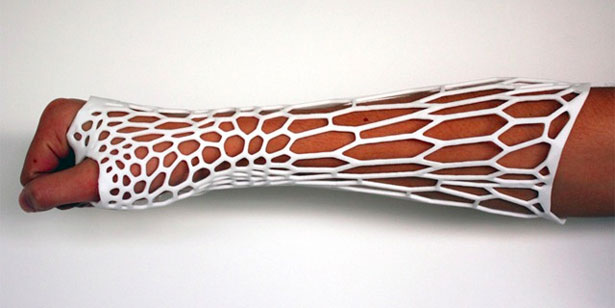Most people in 3D printing are driven by a passion that is hard to describe. In the field of bioprinting this passion and enthusiasm can go even further, possibly because the final reward is actually producing functional, replacement tissues and organs. In other words, creating (or extending) life itself.
Research is moving fast in this field, especially in the low-cost segment, with incredible projects such as the ones from BioBots and CELLINK. Now a new project by Jemma Redmond’s and Stephen Gray’s  One of the most amazing features of the Ourobotics Revolution 3D bioprinter is the price, set at €12,500. Co-founders Stephen Gray and Jemma Redmond intend to offer a limited number of these machines in order to get feedback to build the next version. The current model is reconfigurable so that different bioprinting setups can be run from the printer in future, which means that it can be upgraded and expanded. I also comes with a heated enclosure to keep cells alive. Current possible applications range from Human tissue, Pharmaceuticals, Food, Synthetic Biology, Electronics, Batteries, and even Textiles as the machine can print with just about every gel-like substance including Collagen, Gelatin, Alginates, Chitosan and more.
One of the most amazing features of the Ourobotics Revolution 3D bioprinter is the price, set at €12,500. Co-founders Stephen Gray and Jemma Redmond intend to offer a limited number of these machines in order to get feedback to build the next version. The current model is reconfigurable so that different bioprinting setups can be run from the printer in future, which means that it can be upgraded and expanded. I also comes with a heated enclosure to keep cells alive. Current possible applications range from Human tissue, Pharmaceuticals, Food, Synthetic Biology, Electronics, Batteries, and even Textiles as the machine can print with just about every gel-like substance including Collagen, Gelatin, Alginates, Chitosan and more.
“We have been having a go at printing simple tubes/arteries in well plates and even attempting to print simple batteries. We called it the ‘revolution’ bioprinter partially because we now crossed a threshold.. but also partially because of the name of the revolution space in San Francisco. Also there is also the word ‘evolution’ in there, which, in fact, it is,” Jem explained.
Gel extrusion technologies present some extreme complexities and possibly only represent the very beginning of what organ bioprinting will become. However progress is moving fast, and full (R)evolutions are happening more and more frequently. It is a great time to be a bioengineer.
